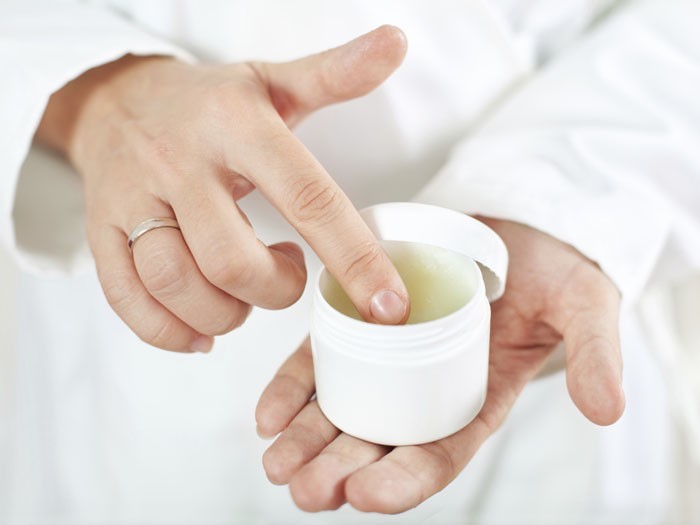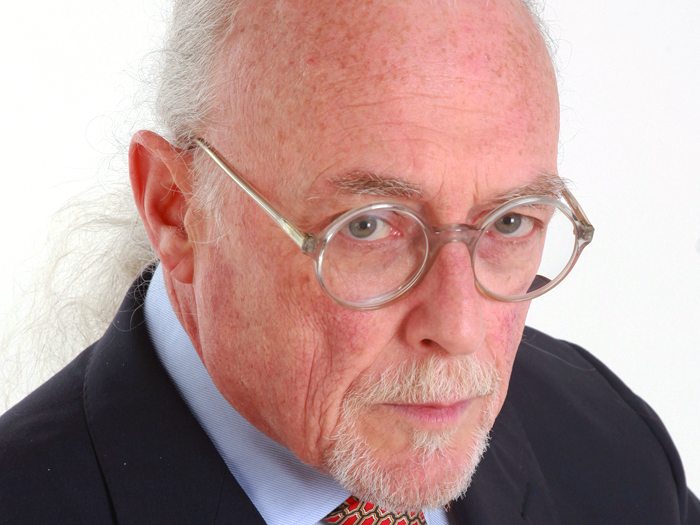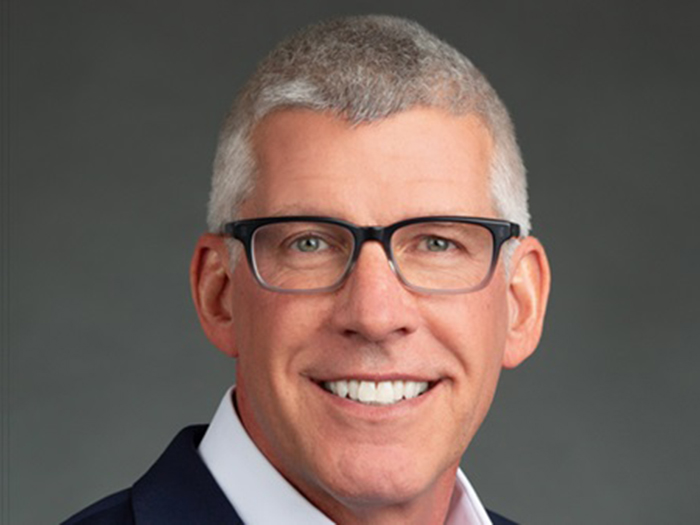Pharmacy Trends
Compounds Drove Drug Spend in 2014

An “unprecedented explosion” in spending for compounded medications drove a “significant increase” in overall prescription drug spend last year, according to a new report. Express Scripts said specialty drugs also factored into the 13.1 percent increase — the highest annual increase in drug spend since 2003.
The pharmacy benefit manager said health care payers last year were confronted with a “seismic change” in the pharmacy landscape. While the report included prescriptions for group health, Medicare, and Medicaid, the results may be replicated in a workers’ comp report due out next month.
“The increase in spend for compounded medications in 2014 represented a staggering change from 2013, when compounded medications did not appear among the top 10 therapy classes,” the Drug Trend Report said. “Compounded drugs strongly drove 2014 traditional trend; if excluded from the analysis, total traditional trend would have been only 2.3 percent.”
Compounded medications are created by combining various ingredients to fit the unique needs of a particular patient. A regulation adopted in 2012 is said to be responsible for the sudden cost increase.
“Compounding pharmacies began exploiting a loophole in a new regulation that made the creation and dispensing of unproven topical creams a lucrative cottage industry,” according to the report.
An effort to increase transparency resulted in an updated version of the Health Insurance Portability and Accountability Act standard for pharmacy claims transactions. “One component of this standard was the requirement that all components of compounded drugs be specified and billed using average wholesale price at the ingredient level, rather than being rolled up under the highest-priced ingredient according to previous claims and billing standards,” the report explained. “Since then, bulk manufacturers and compounding pharmacies have substantially raised AWP prices for the components of many compounded drugs, creating unsustainable cost increases.”
The report identified the following as the top ingredients by volume in compounded drugs:
- Gabapentin
- Baclofen
- Cyclobenzaprine
- Progesterone micronized
- Propylene glycol
In addition, the report says spending for new, high-priced therapies for hepatitis C also contributed to the increased drug spend last year. The consolidation of drug manufacturers put additional strain on the supply chain to handle temporary shortages while “the pipeline of new medications” for conditions such as high cholesterol and cancer threatened to “undermine the sustainability” of the country’s pharmacy benefit.
“These challenges are unprecedented, and the need to respond has never been greater,” the report said. “However, plan sponsors can no longer rely on the wave of less-expensive generics to control drug costs. They need to act now to more tightly manage the benefit, implement smarter formularies, control the use of compounded medications and offer clinical support to ensure that all patients are able to achieve the best health outcome possible.”










